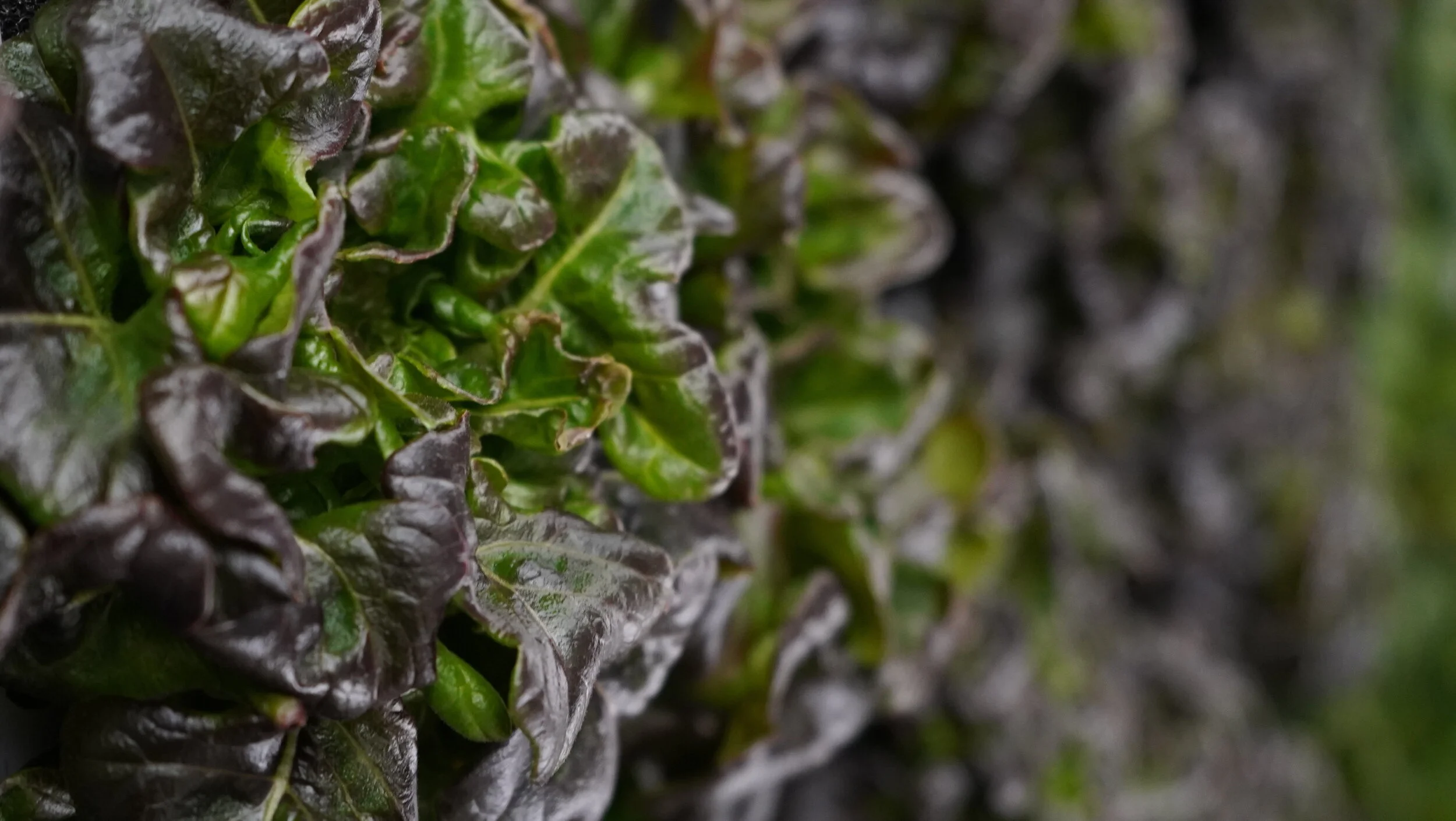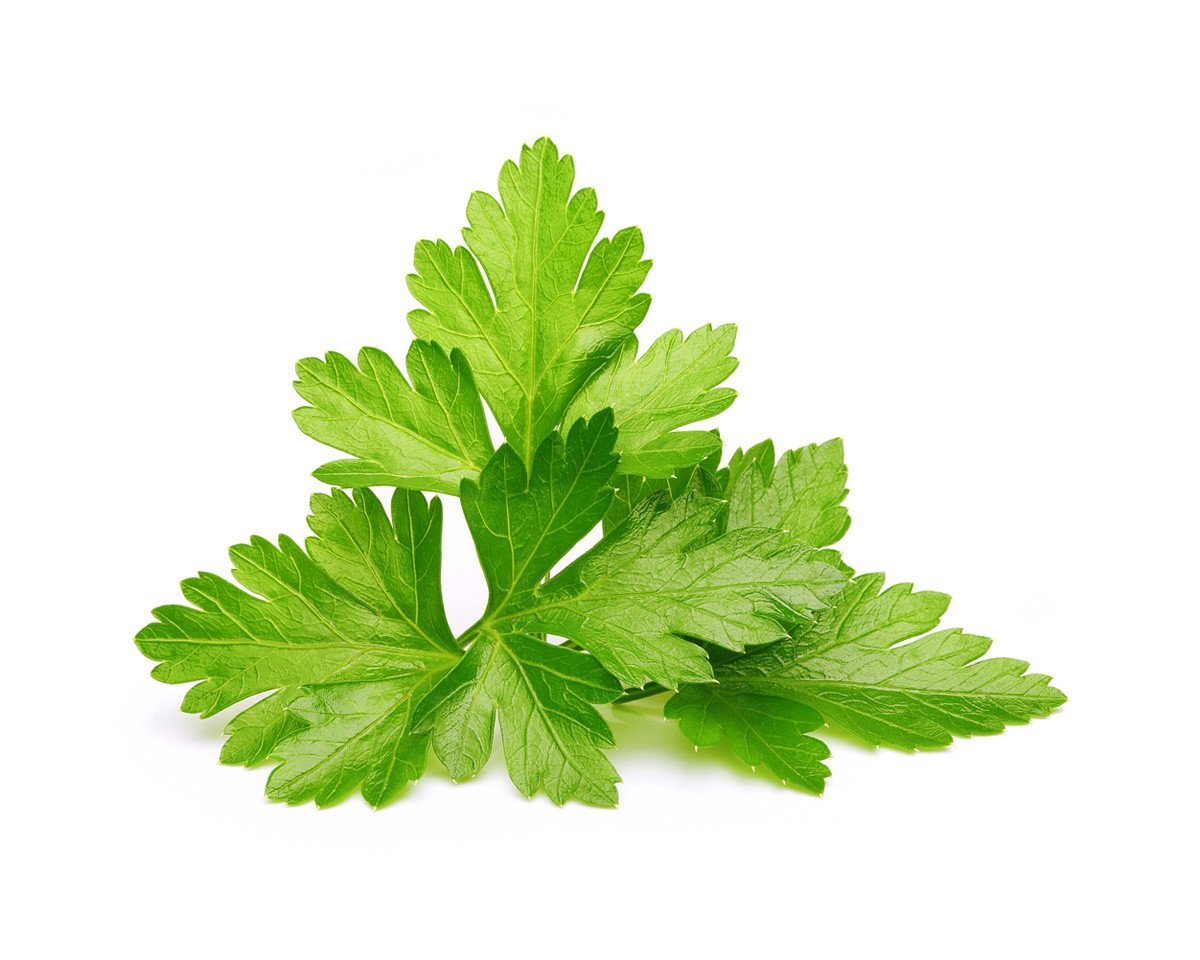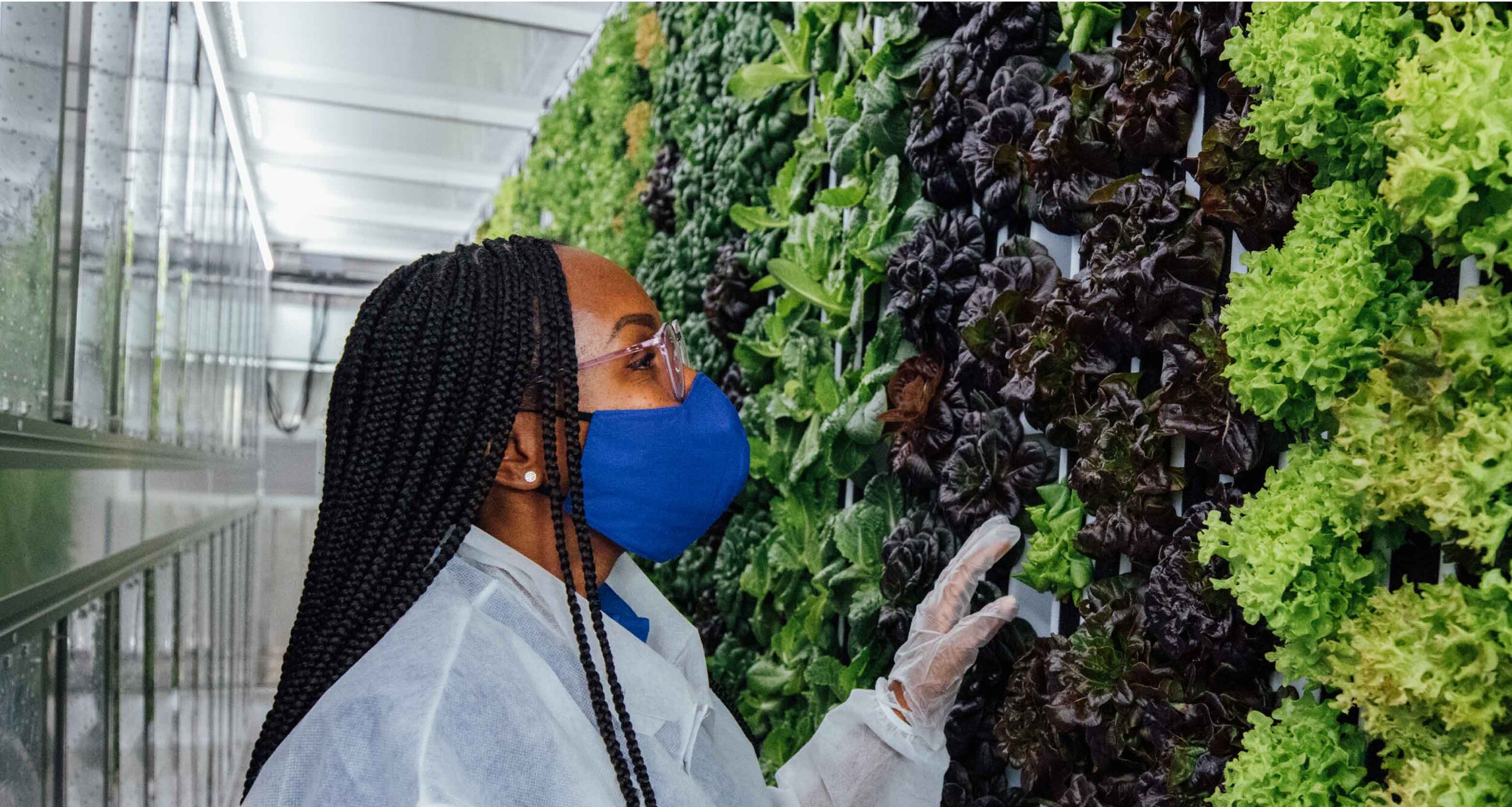
We believe in empowering anyone to grow food anywhere, and that includes you.
So, pull out those seeds, and let's get growing!
Step 1: Gather the basic seed-starting supplies
1 ) The Usual Basics
I.e. Water and Light. Direct sunlight is ideal, but strong fluorescent lights or plant lights would also work. If you're growing using sunlight, make sure to turn the seedlings and final plant container every few days to prevent the plants from reaching too much in one direction.
2) Potting Mix
Grow your seedlings using an organic seed starting mix, or an all-purpose vegetable potting mix. We recommend a mix from Coast of Maine, which can be purchased online or at most gardening stores. Coast of Maine uses locally-sourced marine residues to make compost-based products that are great for starting plants. Here's a good seed starting mix, and an all-purpose vegetable potting mix. Also, if you're up for a challenge, you can try and make your own potting mix!
3) Plastic Bags or Covers
These are ideal for trapping warmth and humidity, which the seedlings need to thrive. Plastic wrap works well, or do it like the pros and get a humidity dome.
4) Containers
You can use seedling flats, or you can re-use containers, like egg cartons or empty yogurt containers. If you're deciding to re-use a container, make sure to wash the container with soap and water first. Note: Parsley, cilantro, and basil should be planted directly into the final pot.
Step 2: Prepare your potting mix
Loosen and dampen the potting mix before putting it into the seedling container of your choice. This will give it a uniform texture, which will give the seeds a great start! The potting mix's consistency should be damp, but not wet, with no dry lumps.
From there, fill your container with the pre-dampened potting mix. Don't pack the potting mix down; instead, fill each section 2/3 of the way, and then lightly tap the bottom of the seedling container against a hard surface to settle the mix down. Then, gently firm the mix using your fingers.
Tip for parsley and cilantro: since you will be planting the seeds directly into their final container, you can add a bit of sand to your potting mixture (a rough ratio of 1:3 sand-to-soil) to allow water to move more freely through the soil. However, if you don't have access to sand, you can skip this step: It's a nice-to-have, but not a need-to-have!
Step 3: Get your seeds out and get started!
We recommend seeds from Johnny's Seeds! Try starting with parsley, basil, cilantro, lettuce, mint, and kale–they're hearty plants that can thrive indoors or outdoors.
Photo: Taste Essence
Parsley
Parsley has a 99% germination rate, making it an easy plant to grow if you treat it kindly! Plant the seeds directly into your final pot: parsley has a long trap root and is difficult to transplant.
Seeds will germinate within 14 days of planting.
Parsley grows best in full sunlight: Turn the pot every few days to prevent the plants from leaning.
Water parsley regularly to keep the soil moist, and empty the base tray so the roots don't sit in water.
Because parsley has such a high success rate, you may have to thin the seedlings out. Do this by clipping the plant down to the roots - that way it won't damage the roots of surrounding plant!
Harvest the parsley by trimming the leaves.
Container recommendation: Use any kind of deep container, providing it has several drainage holes on the bottom, with a dish to catch excess water.
Photo: Root
Basil
Basil is a very fragrant and versatile herb that will add freshness to any dish (or room in your home!). With a germination rate of 94%, all basil needs grow successfully is the proper care and regular harvesting!
Seeds will germinate within 5-10 days of planting.
Basil grows best in full sunlight. It is also a warm-weather plant, so should be kept at about 70ºF.
Water basil regularly to keep the soil consistently moist.
Help the plant grow larger by harvesting the leaves often. Harvest by pinching off the stem below the leaves–you'll see the plant regrow with two stems instead of one!
Make sure to remove any flowers. Flowers ruin the taste of the leaves, but the flavor should return within a day of trimming the flower.
Container recommendation: Use any kind of deep container, providing it has several drainage holes on the bottom, with a dish to catch excess water.
Photo: Click and grow
Cilantro
Cilantro, also known as coriander which ends up being the seed of the plant, can be harvested for its leaves or seeds. The seeds have a 89% germination rate, and should be spaced out in a larger pot from the beginning.
Seeds will germinate within 7-10 days of planting.
Cilantro grows best in full sunlight.
Water thoroughly, until water is coming out of the drainage holes. Water the plant whenever the soil feels dry to the touch.
It will be 50-55 days until leaves are ready to harvest. Seeds can be harvested in 90-105 days.
Harvest leaves before flowering begins, and harvest seeds when they are dry on the plant.
Container recommendation: Use a terra cotta container, which gives the roots more access to moisture and air. It should also have several drainage holes on the bottom, with a dish to catch excess water.
Photo: Bentley Seed Co.
Mint
Mint seeds will thrive at 55-65ºF. Once the seeds are germinated, they can withstand warmer temperatures, and grow best in part-shade or full sun. The mint has a lower germination rate of 67%, which is why we gave you so many! Plant several seeds in each individual seed space–you can always cull them later! Since the seeds are so small, we also recommend using tweezers to handle them, it'll be less tricky than using your fingers.
Sow seeds on top of the potting mix, pushing them down gently.
Mint should germinate in 10-14 days.
Transplant the seedlings into larger pots once the plant is 3-4" tall.
Trim off the top leaves regularly to grow a bushier plant.
When watering, water deeply every now and then, instead of lightly and often. Make sure to wet the soil, not the leaves.
The mint will be ready to harvest after 60 days. We recommend picking the mint regularly to improve the plant's production.
This is a perennial plant, meaning that if you grow it indoors it may last all year, given the temperature is warm enough. If planted outside, you can harvest throughout the season and your plant will come up the following year. Be careful though! Mint will spread like a weed in a garden, so unless you want a garden of mint, its best to keep it contained in a pot.
Photo: Instacart
Lettuce (Bibb & Butterhead)
This is a hardy plant that performs best at 60-65ºF. Lettuce has a germination rate of 99%, meaning that if you follow the directions, you should have plenty of lettuce to go around!
Plant one seed per section, barely covered with potting mix.
Shade the seeds on sunny, warm days if necessary to keep the soil surface cool (below 75°F) until the seeds begin to sprout.
Transplant the seedlings into larger pots after 20-30 days.
The plants will reach maturity after 50 days, at which point you can enjoy a nice, fresh salad!
Photo: FitLife
Kale
Kale is a traditionally fall/winter plant, meaning it can grow in (and actually prefers!) colder temperatures. Kale, with a 94% germination rate, will thrive at 60-65ºF, so keeping it at a window is ideal.
Plant 1-2 seeds per section, barely covered with potting mix.
The kale should germinate in 5-10 days. If more than one seed per section germinates, then remove the smaller sprout.
Transplant the seedlings into large pots, where it will continue to grow until the plants are 60 days old.
At the 60 day mark, you can begin harvesting by clipping mature leaves while leaving the main stalk intact.
Along with cooler temperatures, kale needs lots of sunlight and consistently moist soil.
Container recommendation: kale can grow to be very big, so make sure you transplant into a large planter with several drainage holes on the bottom, along with a dish to catch excess water.
Photo: Johnny’s Seeds
Arugula
Arugula is a peppery brassica that is hardy enough to withstand a wide range of temperatures - from 45-82ºF. Other than its signature leaves, arugula also produces edible flowers that are white in color with a spicy, nutty flavor.
Sow seeds 1/8" deep in potting soil or growing medium.
Seeds germinate within 5-7 days of planting.
Plants usually reach maturity by the 40-day mark, or when the leaves reach the desired size of 3-6”.
To harvest, cut about an inch above the growing medium to allow for clean regrowth. Leaves can be harvested multiple times, usually 5-14 days after the prior cutting.
Performs best in full sun to part shade.
Container recommendation: Arugula likes well-drained soil. Plant in a 6” width planter or larger, with one or more drainage holes.
Want to learn more about the science behind growing plants successfully?
Visit our Guide to Growing Anything.


















